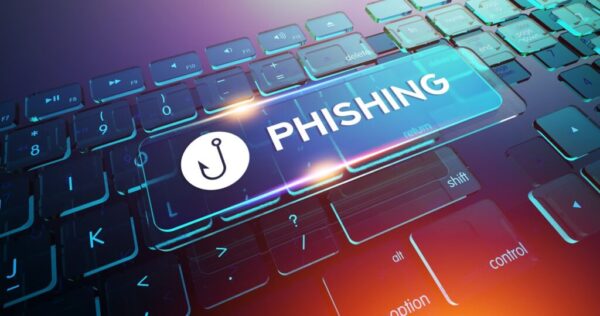Microsoft has recently warned users of a new phishing campaign active in the wild. This phishing campaign aims at spreading the IcedID malware by exploiting website contact forms.
IcedID Malware Campaign Spreading Via Contact Forms Phishing
In a recent post, Microsoft has warned users of a new phishing campaign in the wild. This phishing campaign targets users with IcedID malware that reaches the victims via contact forms on websites. Microsoft called it a ‘unique attack’ that bears the potential to target a large number of users.
For this attack, the attackers abuse the contact forms of legitimate websites to send phishing emails to the target victims. In this case, the targets include enterprise users or companies.
Briefly, the attack begins when a suspicious email reaches the target victim’s mailbox. The email resembles a response that a user might receive from a website in response to any query submitted via the website’s contact forms.
Since the email sender looks legit, the user will likely open the email, which will include numerous malicious links. Clicking on these links will deliver the IcedID malware of the victim’s device.
IcedID is an info-stealing malware that pilfers sensitive details like login credentials, payment details, passwords, and more. Also, this malware may possess spying capabilities, and may also download other payloads including ransomware.
To trick the victim into downloading the malware, the email includes a message in a threatening language, often using legal threats. For example, in the following image, the email message threatens a legal action due to copyright violation.
Keep Your Business Safe
While a robust cybersecurity protection plan is inevitable for any organization, today, when the world is shifting to the ‘new normal’ of ‘work-from-home following the COVID-19 pandemic, this is even more crucial. That’s because organizations cannot really ensure keeping adequate security in place at the remote employees’ end.
Therefore, the businesses must ensure training the employees for cybersecurity best practices and spread awareness about online scams. Besides, the organizations should also employ all necessary security measures to detect and deter potential cyber threats right away.

